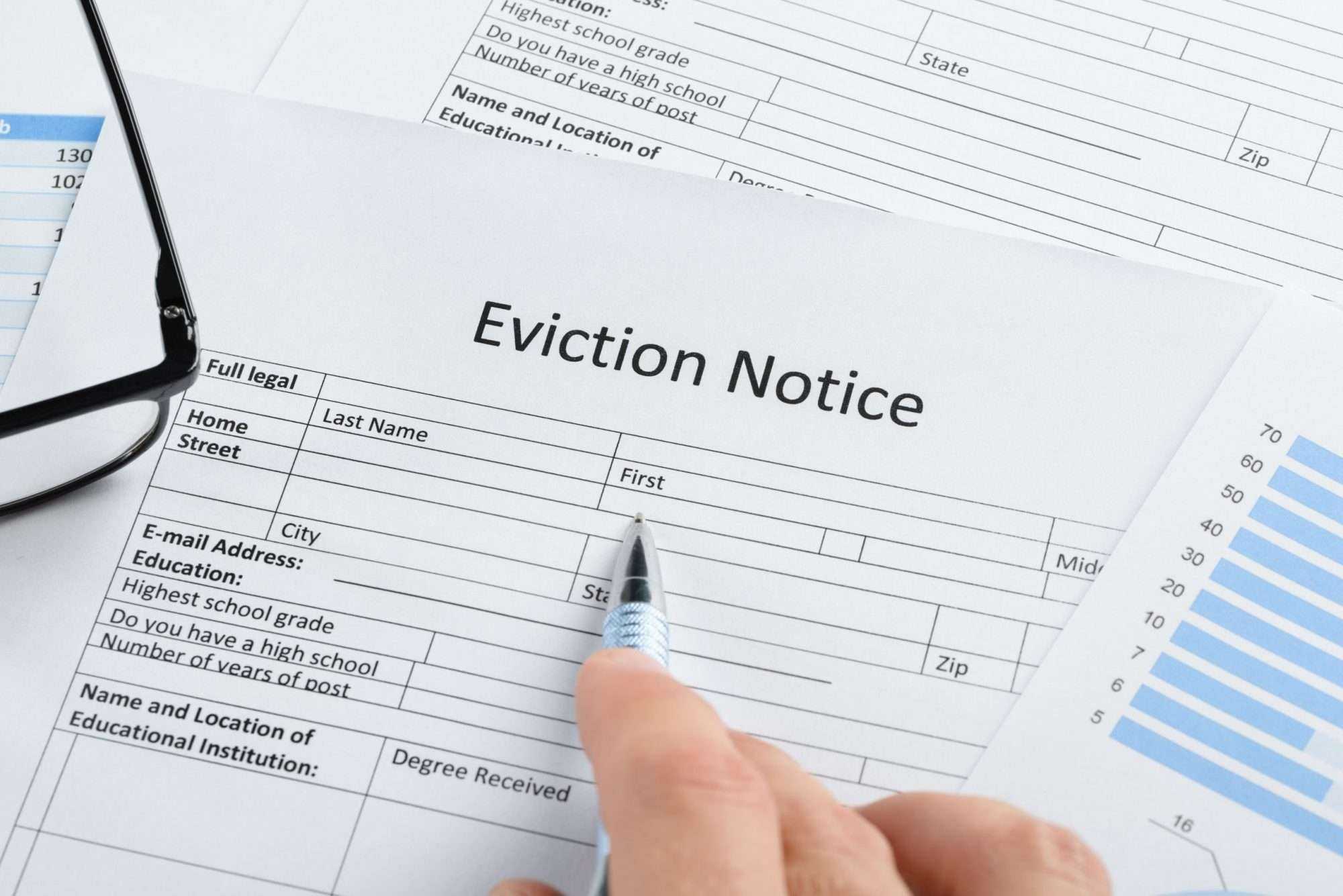BY JAY BRIJPAUL
The cool summer breeze had departed as the morning sun rose. I sat on the patio and drained the last few drops of coffee. My thoughts went back to the hearing I had at the Landlord and Tenant Board. I had fallen behind with my rent. I had received an order to vacate my home by a certain date, but I knew that it was a long process. I resolved to flout the order and stay.
After the termination date in the order, my landlord applied through the court’s enforcement office, known as the sheriff’s office, for eviction. Such must be done with the Sheriff’s office in the area where the rental property is. I knew that time was on my side since my landlord would have to put aside an entire day for this project. He would also have to complete an application for eviction plus pay about $350.00 plus mileage charges.
I received a regular mail from the Sheriff’s office. It was a notice to vacate the property. I had another month and then had to leave by 8:30 a.m. I knew that if I didn’t move, my landlord would call the Sheriff’s office and schedule a date for eviction. He would have to inform the Sheriff’s office by 11:00 a.m. on that day otherwise the eviction would be aborted, and my landlord would have to pay an additional $240.00 to reschedule. Usually, at around 11:30 a.m. on the date given for eviction, the Sheriff would advise the landlord of the exact date and time the eviction will happen. This can range between one to five days from then and it is only tentative. I was on a mission; I wanted to drag the process out as long as possible.
It is a requirement that my landlord must be able to grant entry to the home. If not, the eviction order can be cancelled. I installed a second lock on the door hoping that I could stay longer. The doorbell rang, followed by a loud knock and shortly after the sound of drilling of my locks began. The Sheriff was pleasant. He gave me two hours to leave the premises. I started packing slowly and called a few friends for help. Help never came. Two hours later, I was asked to step out of my home.
I knew that I could have avoided the eviction by paying the rent arrears along with the fees incurred by my landlord after the termination date but before the date I was given for eviction. I would have had to file a sworn affidavit stating the amount paid to the Landlord and Tenant Board prior to the date of eviction. This motion can only be given once in any given tenancy agreement and this was my second time.
As for my belongings, I knew that I would have 72 hours to retrieve them. During that time, my landlord could leave them in the rental unit or store them in a safe place close to the rental unit. The law required that he gave me access between 8:00 a.m. to 8:00 p.m. If I did not retrieve them, then he could sell or dispose of them. If my landlord failed to comply, I could file a complaint with the Rental Housing Enforcement Unit or with the Landlord and Tenant Board.
It’s been about five months since my landlord decided to evict me. First, he gave me the N4, Notice to End the Tenancy for Failure to Pay Rent, then there was the hearing at the Landlord and Tenant Board which took a few months to schedule and finally the eviction. Some of my friends got away with longer because their landlord was too lenient at the beginning and gave them a few months to catch up while some landlords failed to use the Board prescribed forms and had to start over. I had tried to ask the Board to postpone the hearing for a later date because I was not feeling well but they declined. Now, I owe the landlord close to ten thousand dollars and he may want to collect.
One form of collection my landlord might take is to garnish my wages, where my landlord will receive a portion, usually 30 % or less, from each of my paychecks, until my debt is repaid. For him to do so, he must obtain a judgement against me. A judgement is an acceptance by the court that my landlord has a claim against me. He must know where I am currently residing and where I am working.
I felt responsible for what happened. My landlord would have worked out an arrangement with me. With a judgement against my name and a bad tenant review, it will be difficult to find another rental accommodation and whenever I manage to find a job, he can garnish my wages.

